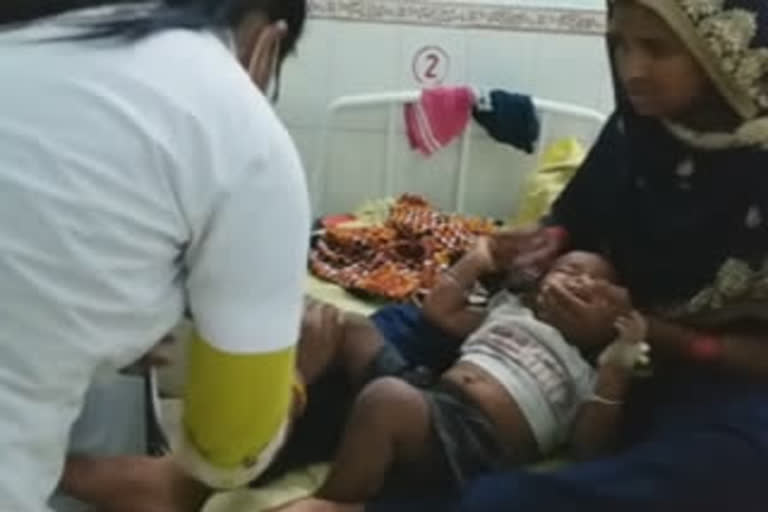Muzaffarpur: The number of children died of the Acute Encephalitis Syndrome (AES) in Muzaffarpur and the surrounding districts of Bihar have reached 190 as another child died on late Tuesday night.
At the same time, seven new patients infected have been admitted to a local hospital.
AES, known as 'chamki' in local parlance, is characterised by high fever and convulsions and strikes children in north Bihar every year.
Due to extensive heat and humidity in Muzaffarpur and its adjoining areas, children are highly exposed to Acute Encephalitis Syndrome. According to government reports, the relatively higher number of deaths this year have been attributed to hypoglycemia or very low blood sugar levels.
What is Acute Encephalitis Syndrome?
AES is defined as inflammation (swelling and irritation) of the brain. Most of the victims are between the age group of 1 to 10 years. AES is mostly seen from April to June among children who are undernourished. The inflammation is caused by an infection invading the brain due to bacteria, fungi or parasites, chemicals, toxins and non-infectious agents.
- Symptoms:
- High Fever
- Vomiting
- Headache
- Sensitivity to light
- Confusion
- Stiff neck and back
- Nausea
- Personality changes
- Problems with speech or hearing
- Hallucinations
- Memory loss
- Drowsiness
- In severe cases seizures, paralysis and coma
- Treatment:
